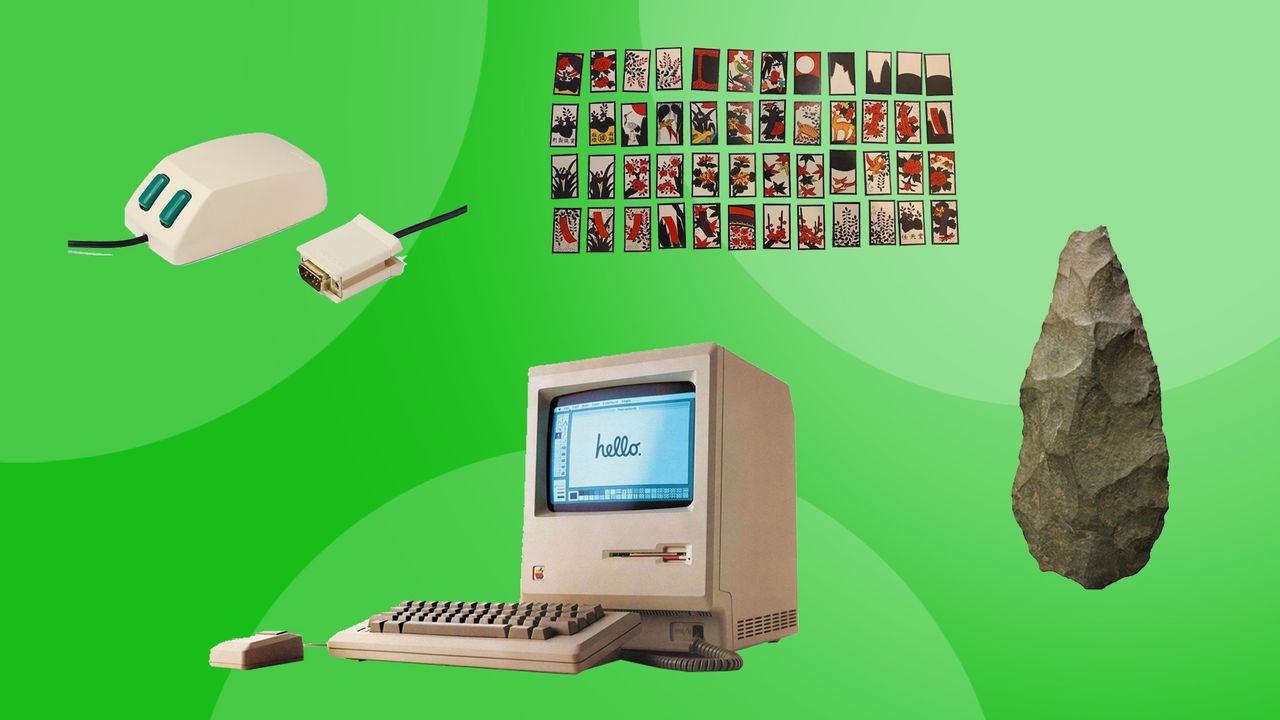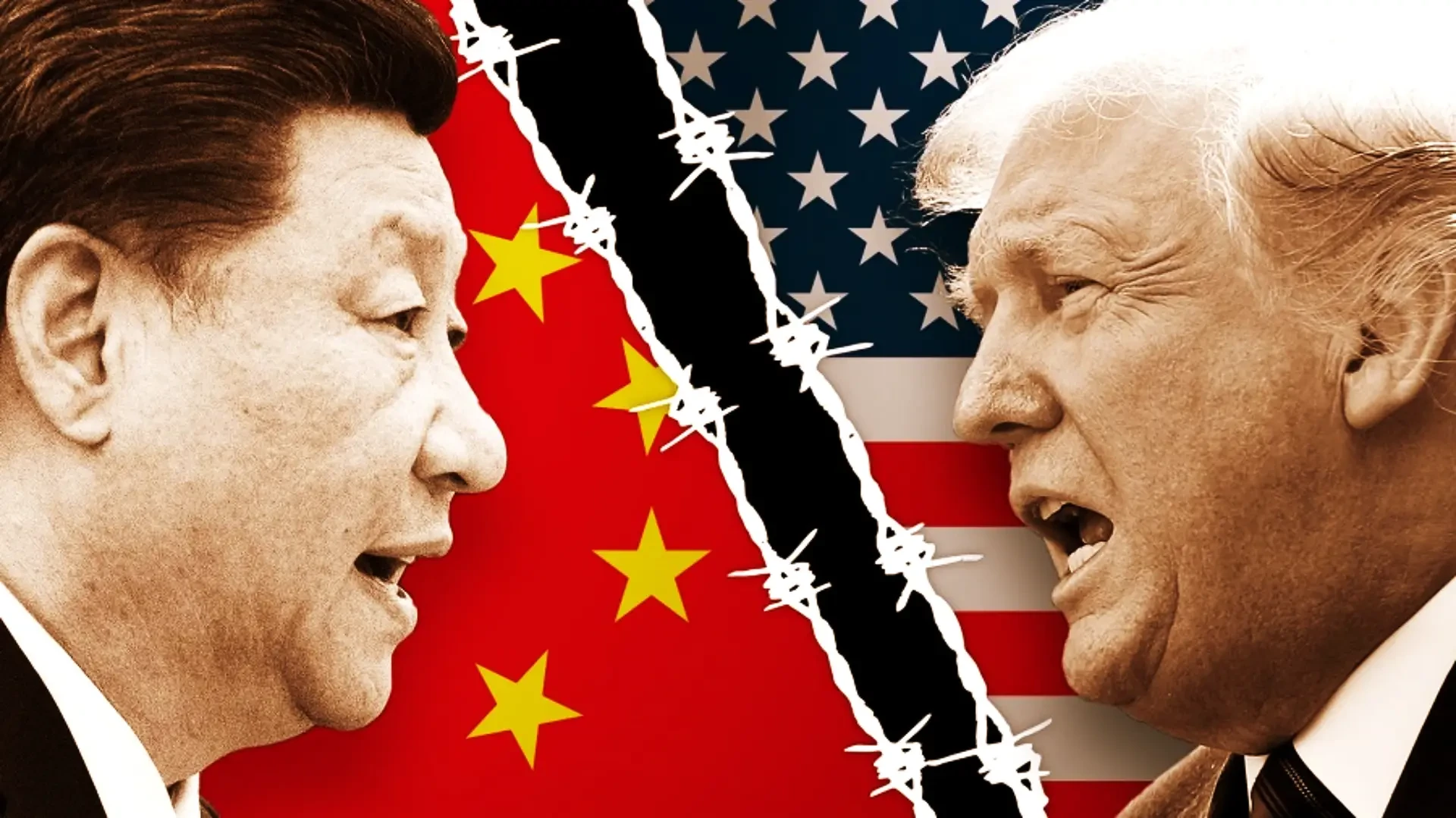Alors, qui aurait cru que recréer un plan « impossible » de One Piece dans Blender serait aussi simple que de faire un sandwich au beurre de cacahuète ? Noggi, notre héros du jour, a passé des heures à jongler avec des clés de forme, à installer un éclairage digne d'un film d'horreur, et à animer avec Grease Pencil. Tout ça pour réaliser un chef-d'œuvre qui nous rappelle à quel point l'art numérique est... bien, un peu comme essayer de faire entrer un éléphant dans une pièce en verre. Qui a dit que l'animation était facile ? Peut-être qu'on devrait tous se reconvertir en artistes 3D, après tout !
Alors, qui aurait cru que recréer un plan « impossible » de One Piece dans Blender serait aussi simple que de faire un sandwich au beurre de cacahuète ? 🥪 Noggi, notre héros du jour, a passé des heures à jongler avec des clés de forme, à installer un éclairage digne d'un film d'horreur, et à animer avec Grease Pencil. Tout ça pour réaliser un chef-d'œuvre qui nous rappelle à quel point l'art numérique est... bien, un peu comme essayer de faire entrer un éléphant dans une pièce en verre. Qui a dit que l'animation était facile ? Peut-être qu'on devrait tous se reconvertir en artistes 3D, après tout ! 😏
1 Σχόλια
·0 Μοιράστηκε
·0 Προεπισκόπηση













